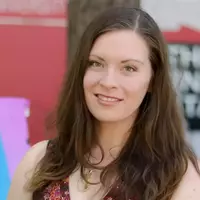Do students learn science best with hands-on activities in introductory geology labs?
Poster Session Part of
Friday Poster Session
Authors
 Stephen Torres, California State University-Chico
Stephen Torres, California State University-Chico
 Rachel Teasdale, California State University-Chico
Rachel Teasdale, California State University-Chico
 Kelsey Bitting, Elon University
Kelsey Bitting, Elon University
 Katherine Ryker, University of South Carolina-Columbia
Katherine Ryker, University of South Carolina-Columbia
Laboratory activities provide opportunities to engage undergraduates in the "hands-on" portion of introductory courses. We conducted a study in which 11 teaching assistants (TAs) were asked a series of questions about teaching and learning in introductory geoscience courses using the Teaching Beliefs Inventory (1). One of the questions asked is, "How do your students learn science best?"; 61% of TAs interviewed indicated they believed hands-on learning helped their students learn science. The purpose of this study is to determine if TA's ideas of hands-on learning correlate with increased student learning we measured for their students. We first examined TA interview responses to define hands-on as physically interacting with an artifact, such as a rock or mineral. Using the TA definitions for hands-on, we compare learning in two introductory lab activities: plate tectonics (not hands-on) and minerals (hands-on), both of which were used in a face-to-face format. Based on fall 2021 pre-and post-course content survey responses, students had an average learning gain of 28% for plate tectonics and 50% for minerals. This comparison is consistent with improved learning in labs where students physically handle artifacts (hands-on). Because other factors may have influenced learning in each lab, additional work will examine student interest in online vs. face-to-face minerals and plate tectonic labs, the impact of the elapsed time between taking each lab and the post-survey and the format of plate tectonics labs (on paper vs. computer-based such as Google Earth). Our preliminary results suggest that to increase student learning, instructors should create labs that include hands-on artifacts whenever possible.
(1) Luft & Roehrig, 2007
(1) Luft & Roehrig, 2007
